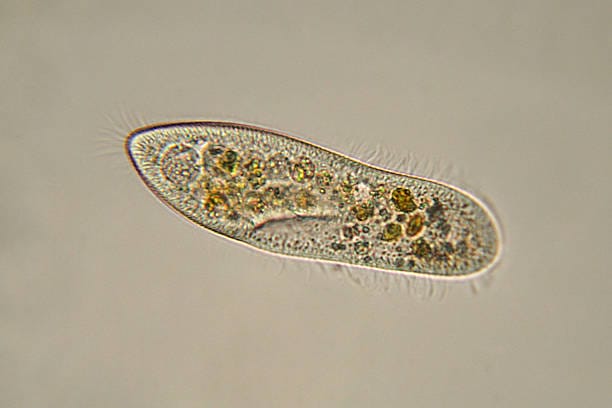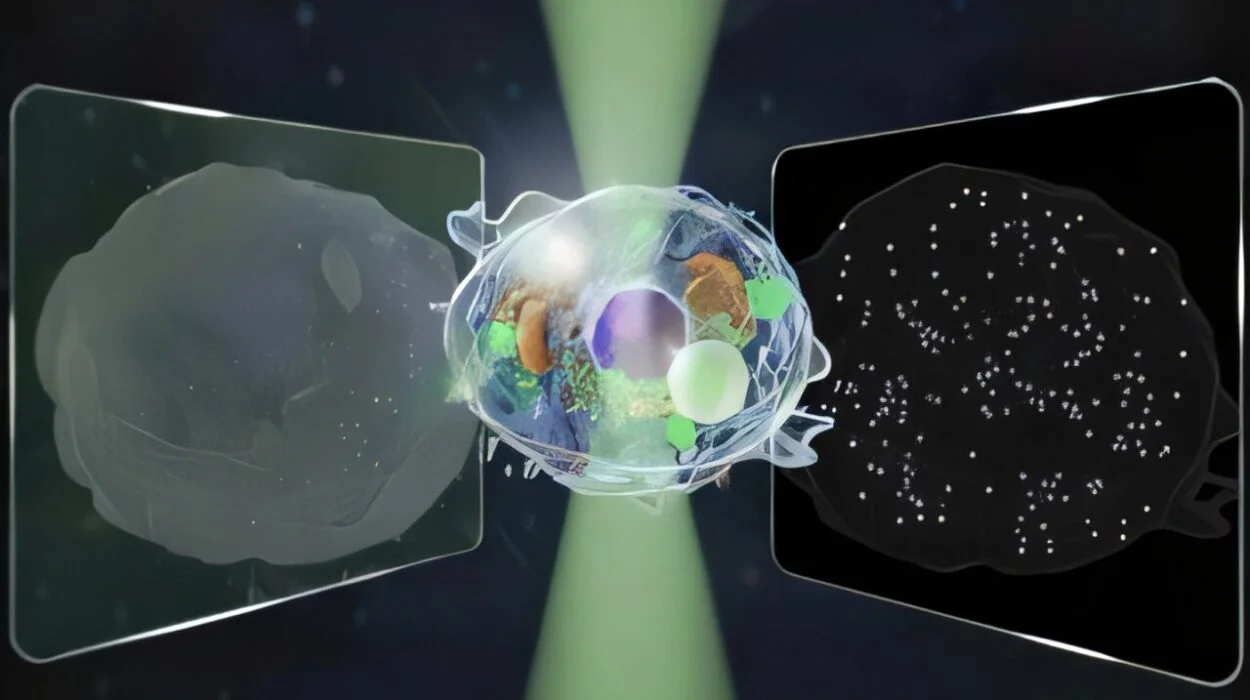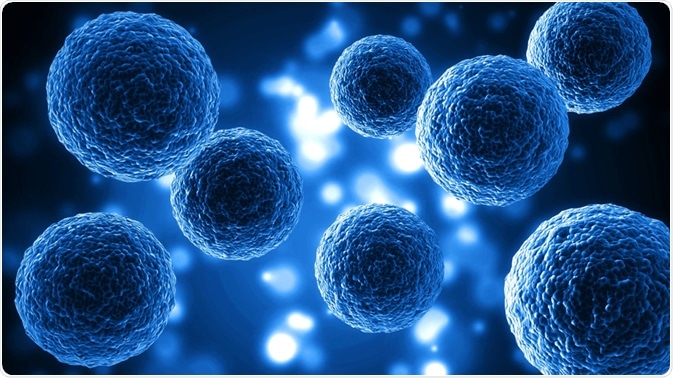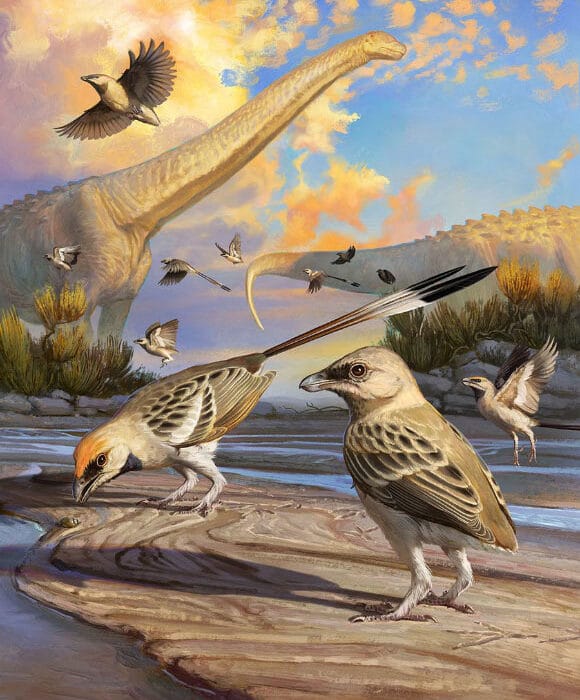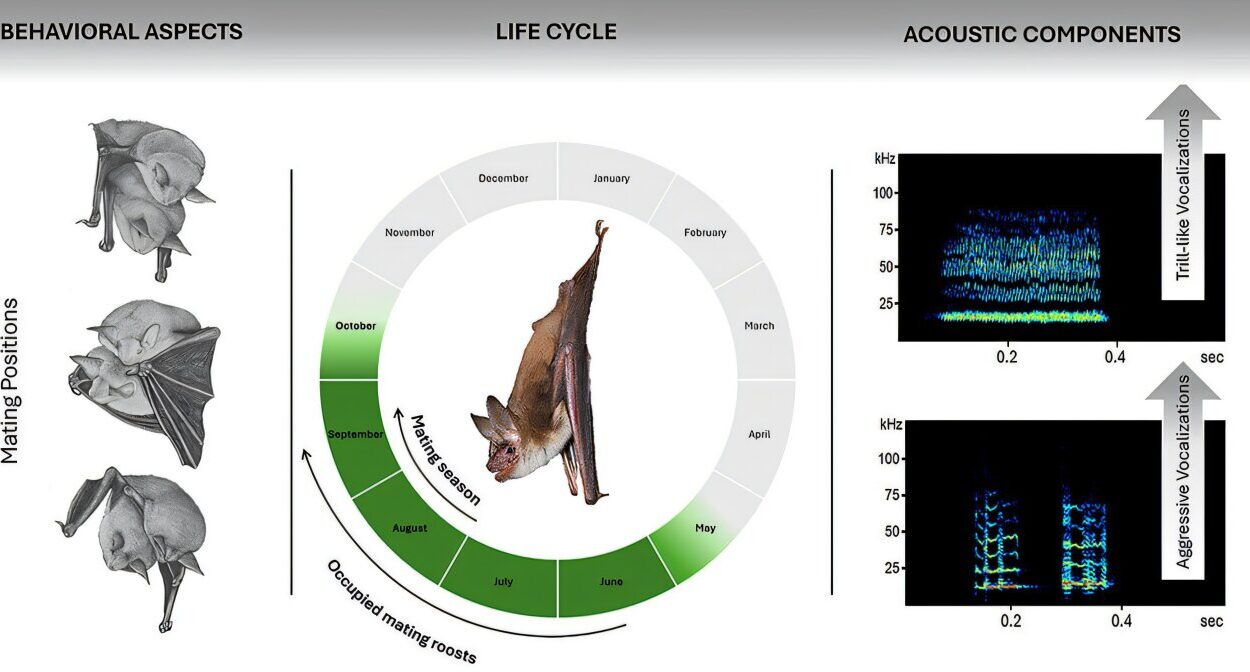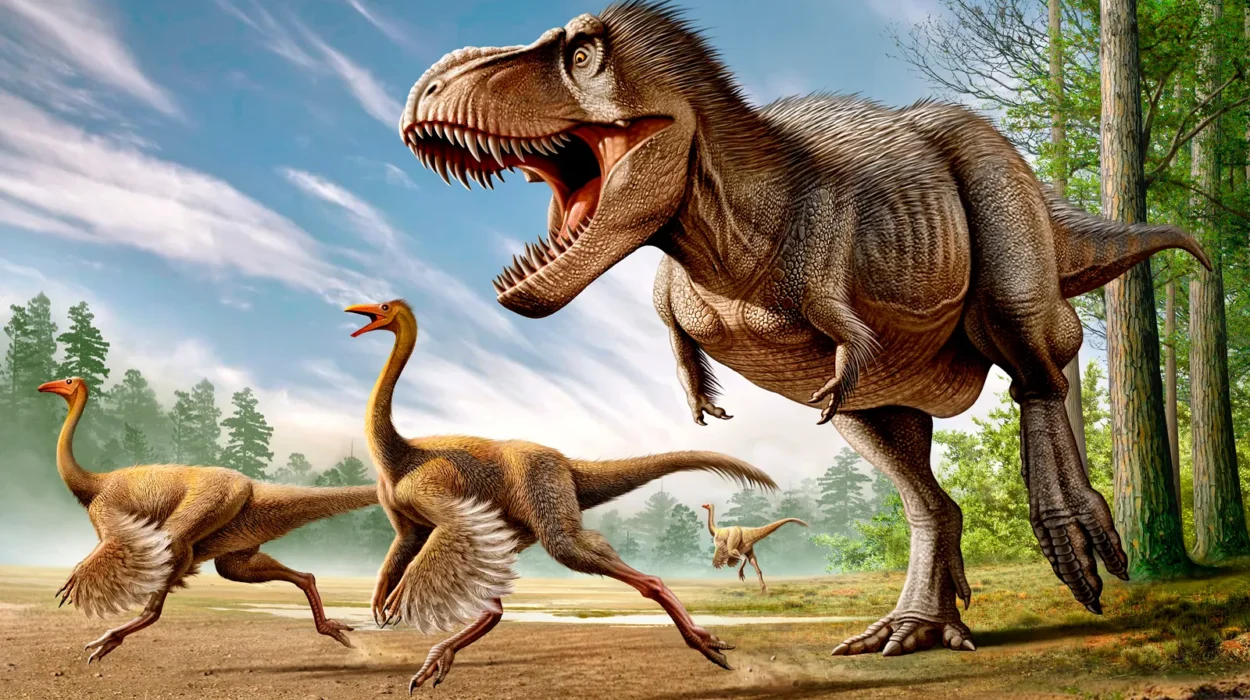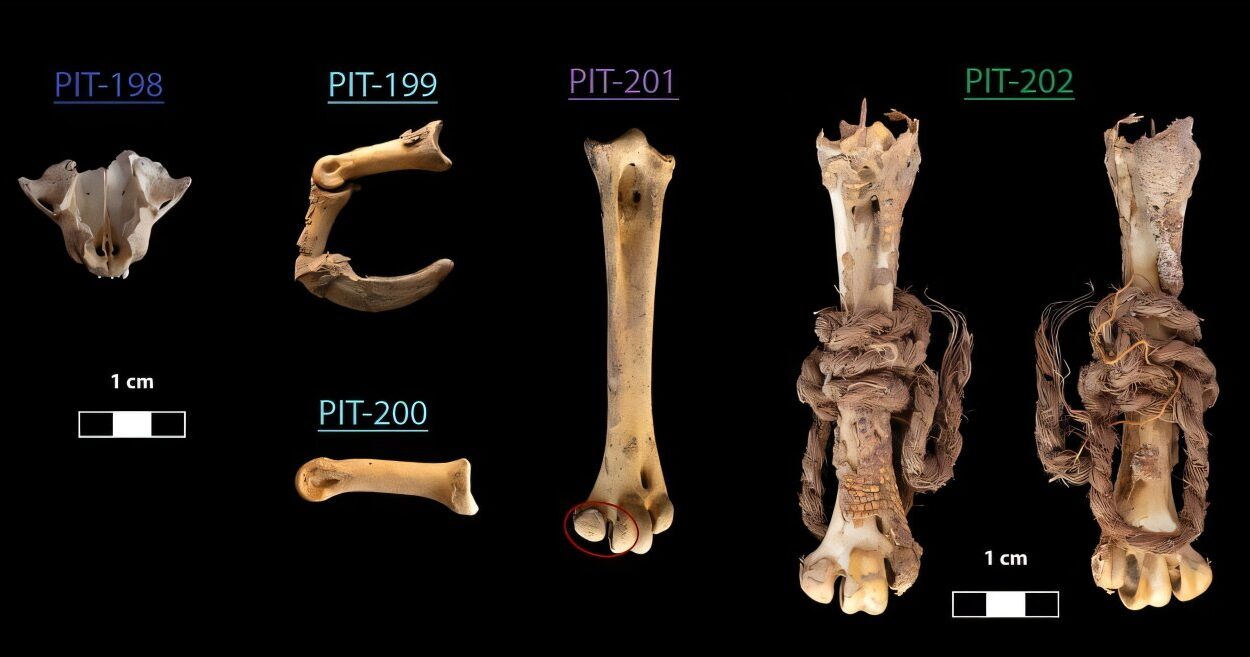Somewhere between the grandeur of animals and the stillness of plants lies an entire universe often overlooked. This is the world of the protists—a sprawling, strange, and deeply misunderstood group of organisms that dwell in droplets of pond water, in the soil beneath our feet, and even inside our bodies. When we think about life, we tend to think in categories: animals, plants, fungi. But life resists our labels. Nowhere is this more evident than in the case of protists.
Protists defy the boxes we’ve built to understand the tree of life. They are dazzlingly diverse, morphologically complex, and evolutionarily ancient. The term “protist” might sound like a placeholder—and in many ways, it is. It’s not a name for a single group of closely related organisms, but rather a convenient bin for everything that doesn’t neatly fit elsewhere. Protists include anything from single-celled algae to parasitic protozoa, from slimy molds creeping across decaying logs to golden-brown diatoms floating in the ocean.
To enter the world of protists is to abandon assumptions and embrace complexity. They challenge our understanding of biology, evolution, and classification. And they remind us that life—like the universe itself—is more complicated, more beautiful, and more confusing than our best attempts to categorize it.
The Invention of the Protist
To understand what protists are, we need to understand how the concept came about. The term has a long and winding history, rooted in the human desire to bring order to the natural world. In the earliest days of biological science, organisms were grouped into just two kingdoms: Plantae and Animalia. This division seemed logical enough—plants sat still and made their own food, while animals moved and consumed other organisms.
But this neat binary began to unravel with the invention of the microscope in the 17th century. Suddenly, naturalists could see an entirely new universe—tiny creatures teeming in every drop of water, many of which didn’t resemble plants or animals at all. Some moved like animals but produced their own food like plants. Others had features of fungi. Some seemed to be neither here nor there.
By the mid-19th century, scientists like Ernst Haeckel proposed a new kingdom: Protista. This group would contain all the “primitive” microscopic life forms—single-celled organisms that didn’t belong in the other two kingdoms. At first, the idea seemed to make sense. Protists were thought of as simple, undifferentiated life—something like the original building blocks from which more complex organisms evolved.
But as scientific tools advanced and our understanding of cell biology and genetics deepened, that tidy picture fell apart. Protists were not simple. They were not all closely related. And they weren’t “primitive” at all. They were, and remain, among the most sophisticated and ecologically important life forms on Earth.
The Trouble with Classification
Classification in biology—known as taxonomy—is an attempt to map the tree of life. It involves organizing living organisms into groups based on shared traits and evolutionary relationships. Ideally, these groups (called taxa) are monophyletic: they include an ancestor and all of its descendants. But protists don’t conform to this ideal.
The term “protist” is paraphyletic. That means it lumps together organisms that don’t all descend from a single common ancestor. In other words, protists are defined by what they are not. They are not animals, not plants, not fungi. They are the evolutionary leftovers, the biological orphans of taxonomy.
Imagine building a family tree and labeling one branch “everyone who isn’t a Smith, Johnson, or Patel.” That’s essentially what the kingdom Protista became—a catchall group for life forms that didn’t fit into other categories. This makes it inherently messy and unscientific by modern standards, even if the organisms within the group are fascinating and crucial to life on Earth.
For this reason, many scientists have moved away from using the term “protist” as a formal classification. Instead, they refer to specific lineages—such as alveolates, stramenopiles, or rhizarians. But the word “protist” persists in textbooks and classrooms, largely because it’s a convenient way to talk about a certain kind of life: mostly unicellular, mostly microscopic, incredibly diverse.
Diversity Beyond Imagination
If protists were a kingdom, it would be a kingdom of contradictions. It contains organisms that are single-celled and multicellular, photosynthetic and heterotrophic, free-living and parasitic. Some have cell walls like plants; others move with whip-like flagella or crawl with amoeboid motion. Some are colonial, forming cooperative assemblies that blur the line between individual and group.
Consider the green algae. These protists are more closely related to plants than to other protists. Some, like Chlamydomonas, are single-celled swimmers. Others, like Volvox, form spherical colonies with rudimentary division of labor—a tantalizing glimpse into the transition from unicellular to multicellular life. Still others, like Ulva (sea lettuce), are truly multicellular and resemble simple plants.
Then there are the ciliates, such as Paramecium. These single-celled organisms have thousands of hair-like projections called cilia, which they use for movement and feeding. Despite being just one cell, they have complex internal structures, including a mouth-like opening, contractile vacuoles to expel water, and even primitive sexual reproduction through conjugation.
Or consider the diatoms, shimmering like stained glass under a microscope. These protists have intricately patterned silica shells and are responsible for producing nearly a quarter of the world’s oxygen. They float in oceans and lakes, forming the base of aquatic food chains and silently keeping the biosphere alive.
At the darker end of the spectrum are the parasitic protists: Plasmodium, which causes malaria; Trypanosoma, which causes sleeping sickness; and Entamoeba histolytica, the culprit behind amoebic dysentery. These microscopic organisms infiltrate human and animal bodies with terrifying efficiency, evading immune responses with complex life cycles and shape-shifting strategies.
The sheer range of form, function, and behavior among protists makes them a nightmare to classify—and a joy to study.
The Cell That Changed Everything
What unites most protists, despite their diversity, is that they are eukaryotes. That means their cells contain a nucleus and other membrane-bound organelles. This distinguishes them from bacteria and archaea, which are prokaryotes and lack such internal compartments.
The emergence of the eukaryotic cell was one of the most important events in the history of life. It allowed for greater complexity, specialization, and eventually, multicellularity. And it likely began with protists.
One of the most widely accepted explanations for the origin of eukaryotes is the endosymbiotic theory. According to this idea, ancient protists absorbed other cells—specifically bacteria—that then became permanent residents within them. These internalized cells evolved into mitochondria (the powerhouses of the cell) and, in photosynthetic protists, into chloroplasts.
In other words, modern eukaryotic cells are chimera—blends of different organisms that fused into a new whole. This story of cooperation and integration is not just an evolutionary curiosity. It’s the origin story of all plants, animals, and fungi. It all began with protists.
Evolution’s Endless Experiments
Protists are not just remnants of the past. They continue to evolve in astonishing ways. Their diversity arises not just from ancient divergences, but from ongoing adaptations to countless ecological niches.
Many protists have multiple modes of nutrition. They can photosynthesize when sunlight is available, then switch to consuming organic matter when it’s not. Some species within the Euglena genus blur the line between plant and animal so thoroughly that early taxonomists were unsure where to place them. They contain chloroplasts for photosynthesis, yet also possess flagella and feed heterotrophically.
Others have evolved unique solutions to mobility. Amoebas move by extending portions of their cell membrane into pseudopodia—“false feet”—that ooze forward. Ciliates use coordinated waves of cilia like a synchronized dance. Flagellates whip their tails to propel themselves through viscous liquid.
In their search for food, light, mates, or hosts, protists perform behaviors that seem to mimic higher animals. They chase prey, avoid danger, and even communicate chemically. In slime molds, for example, individual cells can come together to form multicellular aggregates that move and solve mazes—an eerie display of collective intelligence.
Ecological Architects
Protists may be small, but they have a massive impact on the planet’s ecosystems. As primary producers, especially in aquatic environments, photosynthetic protists like diatoms, dinoflagellates, and green algae form the base of many food webs. They capture sunlight and convert it into energy that fuels entire marine and freshwater systems.
Protists are also crucial decomposers. They break down organic matter and recycle nutrients, ensuring that life-sustaining elements like nitrogen and phosphorus remain available to other organisms.
Some protists live in symbiosis with other species. For instance, many reef-building corals contain photosynthetic protists called zooxanthellae within their tissues. These protists provide the coral with energy from photosynthesis, while the coral offers protection and nutrients. When these protists are expelled—often due to warming oceans—the coral loses its color and energy source, leading to bleaching and eventual death.
Others are pathogens, with devastating effects. The malaria parasite kills hundreds of thousands each year. Protists also threaten agriculture—Phytophthora infestans, an oomycete once considered a fungus, caused the Irish potato famine in the 19th century.
Protists, then, are not just academic curiosities. They are ecosystem engineers, disease agents, and potential allies in biotechnology and medicine.
The Limits of Language
As our tools for studying life improve—genetic sequencing, microscopy, molecular biology—the old kingdom Protista continues to fracture. Modern taxonomy increasingly favors clades and supergroups over kingdoms, reflecting more accurate evolutionary relationships. Protists now belong to multiple major eukaryotic lineages, such as Excavata, SAR (Stramenopiles, Alveolates, Rhizaria), Archaeplastida, and Amoebozoa.
But even these groupings are fluid. Horizontal gene transfer, endosymbiosis, and convergent evolution blur the boundaries. Two protists may look alike and behave alike, yet be separated by a billion years of evolution. Others may look radically different but share a recent common ancestor.
What we call a “protist” may be less a scientific term than a linguistic convenience—a reminder that language often struggles to keep up with nature. Protists don’t care about our categories. They live, reproduce, evolve, and adapt, indifferent to our need for clarity.
A Mirror for Complexity
In many ways, the study of protists is a mirror for the complexity of life itself. They remind us that evolution is not a straight line from simple to complex, but a tangled, branching web. They reveal that life is full of hybrid forms, blended ancestries, and evolutionary experiments that defy neat labels.
Protists challenge the idea that sophistication belongs only to multicellular organisms. Within their single cells, they perform tasks that rival those of whole animals and plants. Their internal architecture is a testament to the power of cellular evolution. Their behaviors—however rudimentary—offer clues to the emergence of consciousness and coordination.
They also force us to confront the limits of human knowledge. Every time we think we’ve mapped the tree of life, protists expose new branches, hidden roots, and unexpected connections. They are humbling in the best sense.
Looking Forward, Looking Within
As climate change, habitat destruction, and pollution reshape ecosystems, protists may play roles we are only beginning to understand. Some could be harnessed for carbon capture, wastewater treatment, or biofuel production. Others may become indicators of environmental health or reservoirs of genetic innovation.
Studying protists is more than an academic pursuit. It’s an exploration of life at its most foundational and its most flexible. It’s a journey that blurs the boundaries between biology, philosophy, and imagination.
In the smallest ponds, in the deepest oceans, in the light-flooded shallows and the dark folds of the gut, protists thrive—unseen, unheralded, but indispensable. They are the original eukaryotes, the first to build the complex cells that make us who we are. In their shapes and stories, we glimpse our own ancient origins.
And perhaps that’s the greatest reason they’re hard to classify. Because to understand protists is, in a sense, to understand life itself—not as a set of categories, but as an ever-evolving dance of form, function, and wonder.
